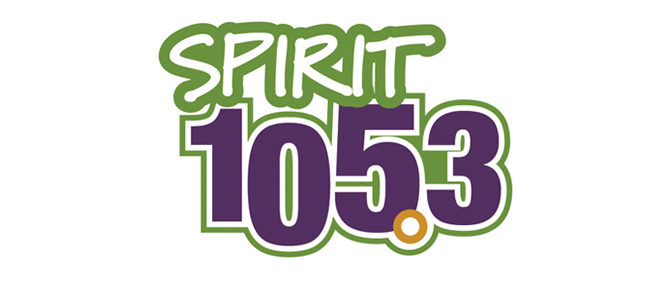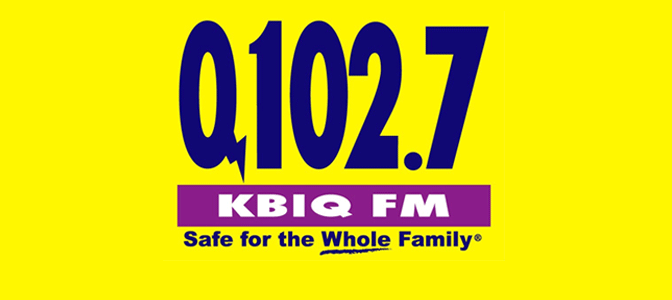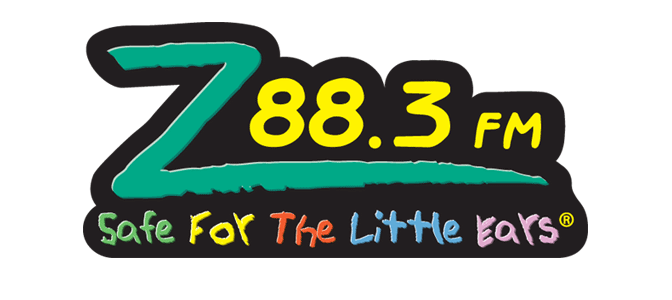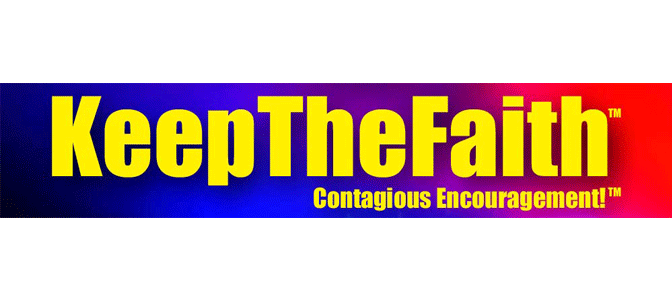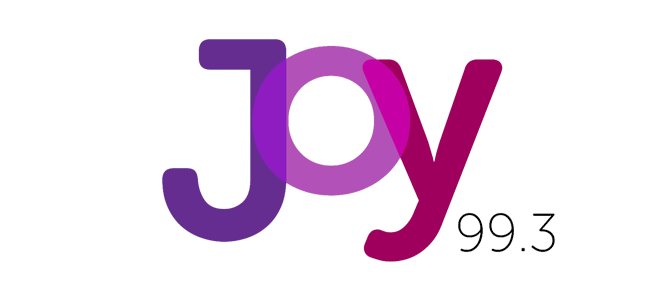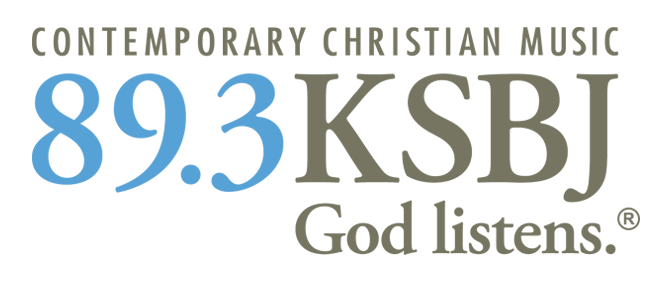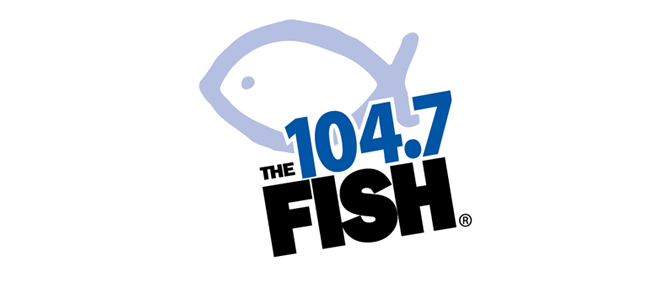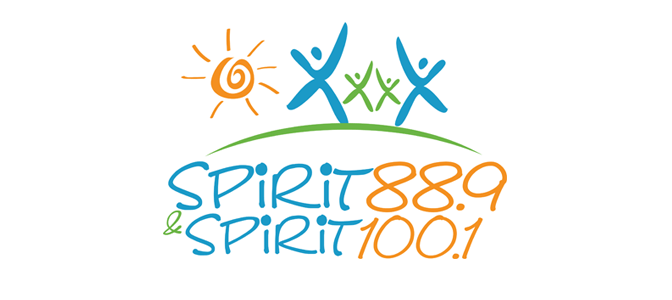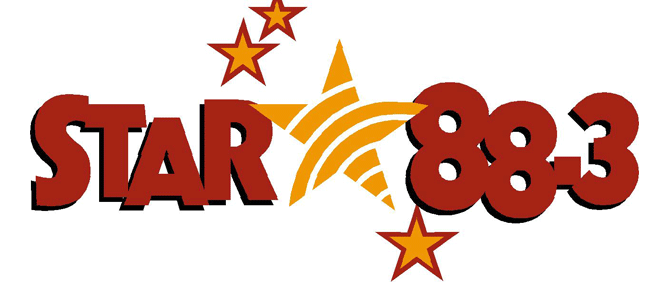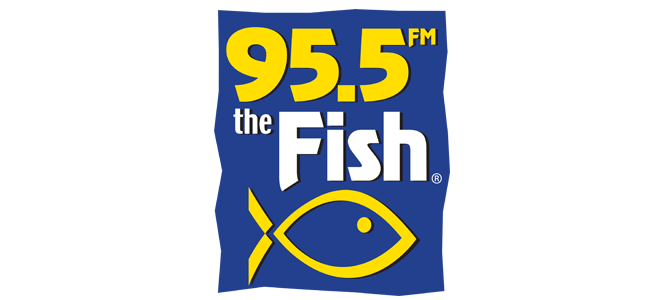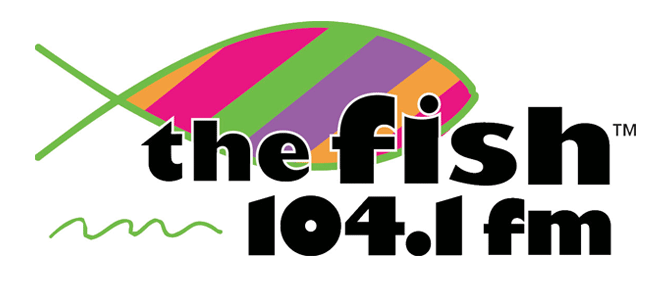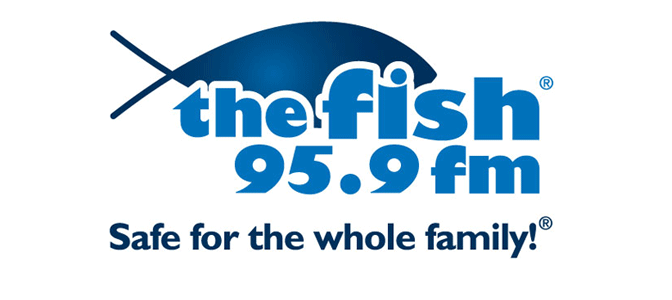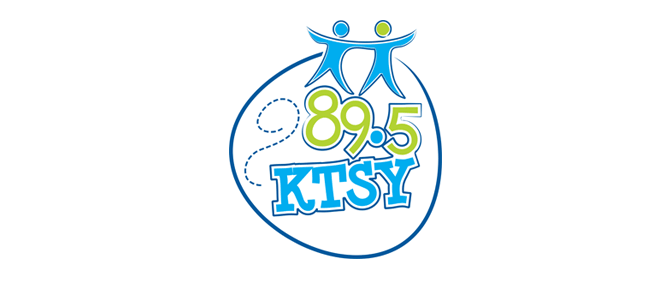Telling a story is like being on a see-saw. On one end is that you want to share something. On the other end is not wasting the listener’s time.
Here are some rules to help you NOT be the person who takes a long time to tell a story that doesn’t matter:
The first line or two will be what “tethers” your subject matter to the listener – or not. Start abruptly into something that isn’t timely or relevant to the listener, and you’re dead in the water already. Spend too long getting into it, again… dead.
Add only the essential details, and let vocabulary and attitude, fueled by Emotions, fill it out. More facts than we need, names we don’t know, too much setting up who someone is, etc. will kill the story.
End with something we DIDN’T hear earlier in the story. The ending should surprise, delight, or inform. Try not to use cornball punch lines. The “that’s what SHE said” type of line is beaten to death.
Here’s an example, from a team show I worked with:
T: Oh, check your mail today. You may get the coupon that I got yesterday. It was for a new product, called “Spam lite.”
B: What do they leave out… to make Spam lite?
T: I don’t know… the snout?
That’s how easy it is, and how little time it takes, to serve up something that the listener will REMEMBER. (On the air, even with the station’s name, artist, song title, and the team’s name leading off the break, this took only about 20 seconds. But it’s never really about length. It’s about IMPACT.)

